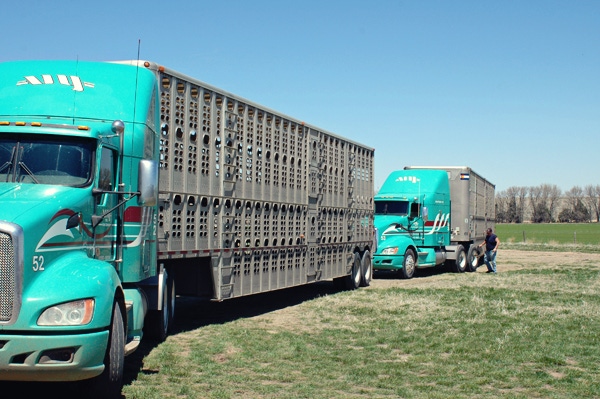Though challenges remain, there’s a growing sense of urgency to adopt a comprehensive system sooner rather than later.
November 5, 2018

“The discussion has started to become not if we have an animal disease outbreak, but when,” explained Greg Ibach, undersecretary for USDA’s marketing and regulatory programs.
Yes, there is the mandatory USDA Animal Disease Traceability (ADT) program. But it only pertains to cattle older than 18 months crossing state lines. Plus, patchwork state regulations can make for inconsistent enforcement of the federal regulation.
No, a traceability system does nothing to prevent disease. However, a robust traceability system could pave the way for containment and control of foot-and-mouth disease, or a similar one, at an exponentially faster rate than is currently possible.
“In the event we do have an animal disease, finding sick and exposed animals is going to be key to control and eradication, and that’s where time is going to matter very much,” Ibach explained at the recent Livestock Traceability Forum hosted by the National Institute for Animal Agriculture.
“With the system we have in place today, many times trace-outs take weeks or months to accomplish; it’s not hours or days.”
As a former director of the Nebraska Department of Agriculture, Ibach has firsthand experience garnered by working with the state’s animal health officials. He also remains involved in his family’s Nebraska ranch. So, he understands the need for traceability relative to disease surveillance and control. He also understands the need for practical solutions.
“I’m a cow-calf producer and have in the back of my mind that the rules I make at USDA, the systems I put in place at USDA, are rules and systems I’m going to be expected to adhere to on my own farm and ranch,” Ibach said. “That’s very much in my mind: Is this something that would work in real life?”
Costs of disease emergency
In the event of a foreign animal disease (FAD) outbreak, with the current system, the first casualties will likely be animal welfare and economics.
“The consequence of not having effective animal traceability system that works are severe and costly,” said Jack Shere, DVM, U.S. chief veterinary officer. For instance, he points out an estimated 1 million pigs are transported interstate every day.
If a FAD like African swine fever entered the U.S., USDA would likely stop all hog movement until the geography of exposure was identified. Given the just-in-time nature of U.S. livestock production, Shere explained that stopping animal movement creates immediate animal welfare challenges.
Economic consequences
Through the first half of this year, using data from the Foreign Agricultural Service, Nevil Speer, an industry analyst from Bowling Green, Ky., explained U.S. beef exports accounted for $350 per head of U.S. fed slaughter, or about $26 per cwt. During the same time, the fed cattle market averaged about $120.
“I don’t think we know how ugly this business could be if exports go away, or even part of it,” Speer said.
Stoppage of livestock movement nationally for a period of time, as well as the potential loss of export markets, would impact the producers involved.
It would also affect the economic livelihoods of rural communities, besides disrupting jobs on down the beef production and distribution chain.
Movement stoppage hurts all
“I don’t think we talk enough about what are truly the public interests,” Speer said.
“We talk a lot about the impact on producers, but I also think we have to recognize all of the vendors and the rural economy and the connection of what happens in an economic world; those are also the public interest.”
That’s one reason the federal government is working with other nations around the world to flesh out the concept known as regionalization. In simple terms, the notion is that if an animal disease can be contained within a specific region of a country, then commerce should be allowed to continue in the rest of the country.
“If you get an animal disease in one state on the coast, for example, we’re making the argument that we would like to contain any trade disruptions to that specific locality and allow commerce to move in the rest of the United States,” Ibach explained.
“If we can’t show that we have a system in place to identify where the disease is at, document that animal movement is controlled and contained within that region, then we won’t be able to convince our trading partners that they should let products move from the rest of our country. And that’s where that economic impact starts getting down to individual producer level,” he added.
Such regionalization requires faster traceability than the days and months mentioned earlier. That’s one reason a growing number of cattle producers support adoption of electronic identification (EID).
Speer pointed to one of the conclusions from a summary review of ADT: “Possibly the most significant change in stakeholder opinion since establishment of ADT in 2013 is the increased support for EID in cattle.”
That’s also one reason USDA announced in September that it plans to pay part of the cost of electronic tags for producers.
About the Author(s)
You May Also Like





